5 Essential Tips for Choosing the Right Heavy Duty Cardboard Tubes
When it comes to packaging, choosing the right materials can significantly impact your business's efficiency and sustainability. Heavy duty cardboard tubes are increasingly recognized as a durable and eco-friendly option, catering to a wide range of industries, from construction to retail. According to the Paper and Paperboard Packaging Environmental Council (PPEC), over 50% of consumers prefer products packaged in recyclable materials, making robust cardboard options essential for both environmental and customer satisfaction. Additionally, a study by Freedonia Group projects that the demand for heavy duty cardboard tubes will see a substantial growth of 4.5% annually, driven by their versatility in safely transporting and storing goods. With this rising trend, it is crucial to understand the essential factors involved in selecting the right heavy duty cardboard tubes for your specific needs.
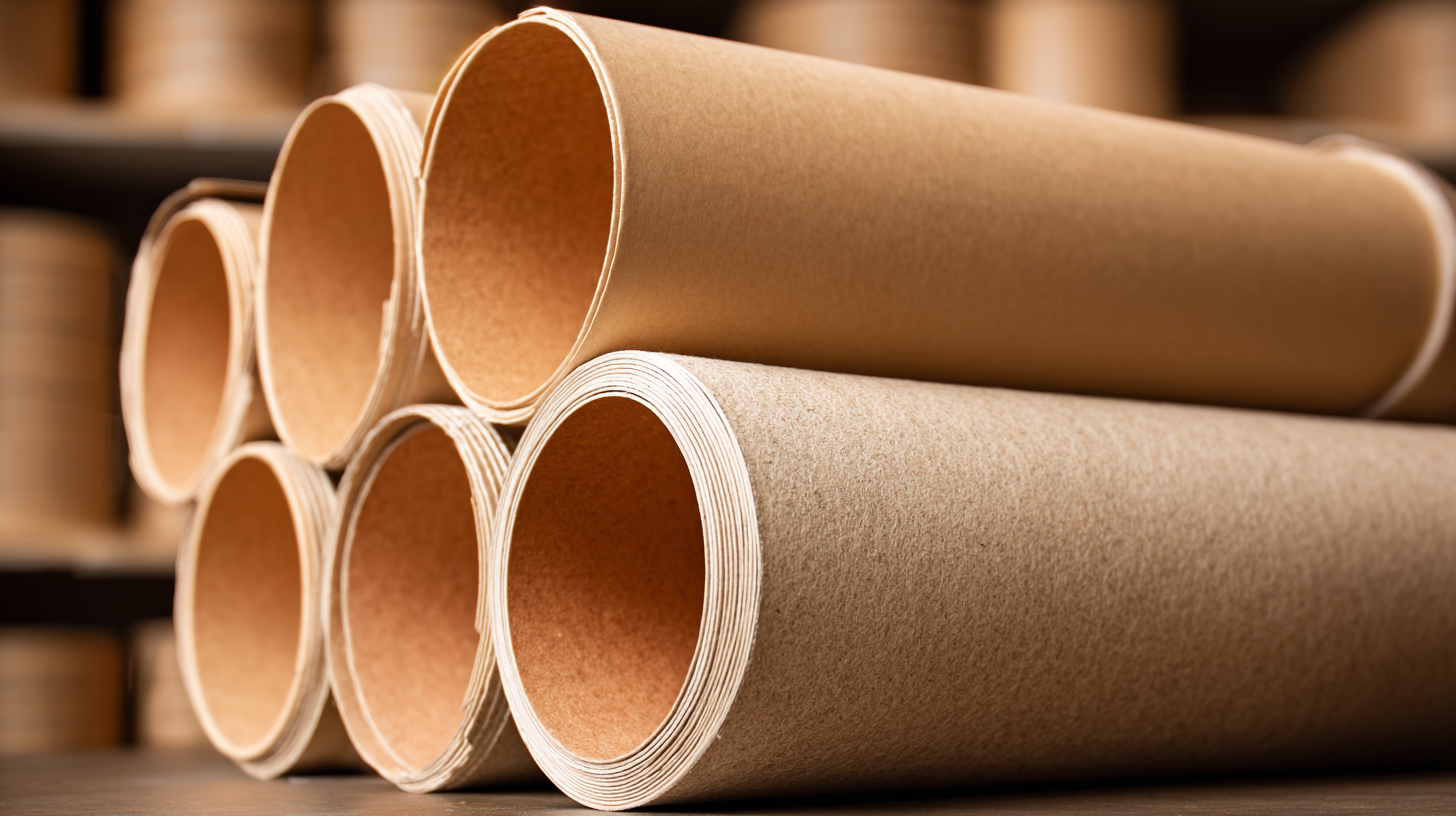
Understanding the Different Types of Heavy Duty Cardboard Tubes
When selecting heavy-duty cardboard tubes, it's essential to understand the various types available in the market. These tubes are commonly categorized based on their diameter, wall thickness, and intended use, making it crucial to match them precisely with your needs. For instance, smaller diameters are typically used for lighter applications like packaging posters or rolled graphics, while larger tubes with thicker walls are suited for heavy-duty shipping of industrial materials. According to a recent report from Smithers Pira, the global demand for cardboard tubes is projected to grow at a CAGR of 4.7% over the next five years, indicating a rising trend towards more specialized and robust types.
Additionally, the materials used in manufacturing these tubes also play a pivotal role in their classification. High-quality recycled paper or virgin fiber offers enhanced strength and durability, making them ideal for long-distance shipping or storage in harsh conditions. Industry standards, such as those set by ASTM International, assure users of the quality and performance of the cardboard tubes. A study by the Paper and Packaging Board reveals that over 60% of companies using heavy-duty cardboard tubes have reported improved product protection and reduced breakage rates, highlighting the importance of choosing the right type for optimal results.
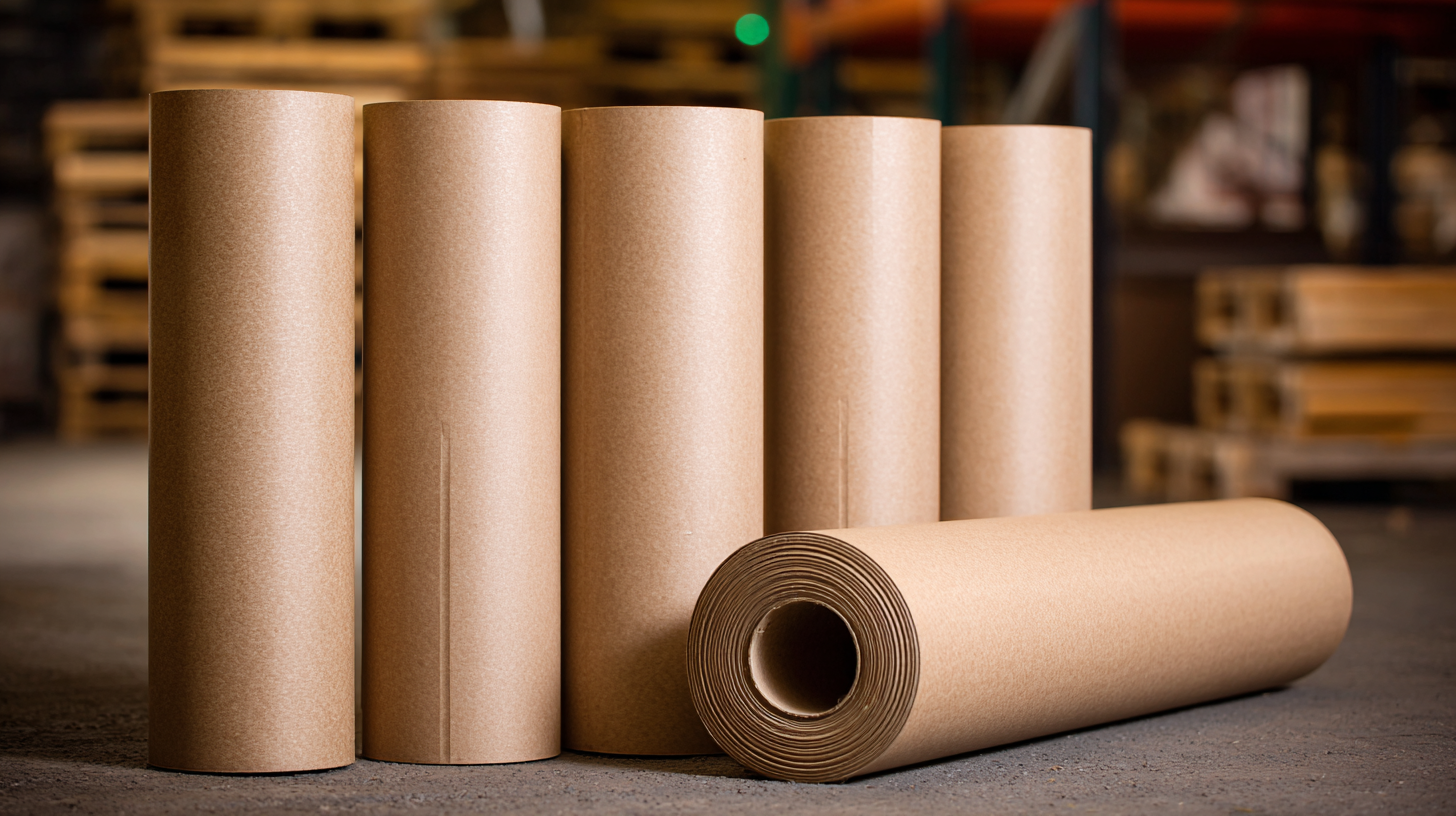
Evaluating the Strength and Durability Requirements for Your Project
When it comes to selecting heavy-duty cardboard tubes for your projects, evaluating the strength and durability requirements is crucial. The first step is to assess the specific needs of your application. Consider factors such as the weight of the materials you plan to store or transport, as well as any environmental conditions they may be exposed to, such as moisture or varying temperatures. Understanding these parameters will help you determine the appropriate tube thickness and material composition necessary for optimal performance.
Additionally, it’s essential to look into the tube’s compression strength and resistance to puncturing. These factors significantly impact how well the tube will hold up under stress. For instance, if your project involves stacking tubes or employing them in high-stress scenarios, choosing tubes with higher burst and crush ratings can enhance reliability. Moreover, don’t overlook the importance of conducting tests or consulting with suppliers about sample tubes. This thorough approach will ensure that you select cardboard tubes that not only meet but exceed your strength and durability expectations, leading to successful project outcomes.
Assessing Size and Dimensions for Optimal Fit and Functionality
When it comes to selecting heavy-duty cardboard tubes, assessing size and dimensions is crucial for optimal fit and functionality. The first step is to clearly determine the intended use of the tubes. Are they meant for shipping, storing items, or perhaps for crafting projects? This understanding will guide you in selecting the right dimensions that not only accommodate your products but also provide the necessary strength to withstand handling and transport.
Another essential tip is to take accurate measurements of the items you'll be placing inside the tubes. Consider the total length, diameter, and any additional padding or cushioning needed for protection. Don't forget to account for expansion or contraction of the materials over time. This ensures that your chosen tubes will provide sufficient space without compromising on structural integrity. By following these guidelines, you can make an informed choice that meets both your practical requirements and long-term needs.
5 Essential Tips for Choosing the Right Heavy Duty Cardboard Tubes - Assessing Size and Dimensions for Optimal Fit and Functionality
| Tube Diameter (inches) | Tube Length (inches) | Wall Thickness (inches) | Weight Capacity (lbs) | Applications |
|---|---|---|---|---|
| 2 | 36 | 0.1 | 50 | Posters, Prints |
| 3 | 48 | 0.125 | 75 | Architectural Drawings |
| 4 | 60 | 0.15 | 100 | Signage, Tubing for Fabric |
| 5 | 72 | 0.2 | 150 | Industrial Packaging, Shipping |
| 6 | 84 | 0.25 | 200 | Heavy Equipment Packaging |
Exploring Environmental Considerations in Cardboard Tube Selection
When selecting heavy-duty cardboard tubes, environmental considerations play a crucial role in ensuring sustainability. The production of cardboard, primarily sourced from renewable wood fibers, contributes significantly less to pollution compared to plastic alternatives. According to a report by the Environmental Paper Network, the cardboard recycling rate has reached about 70%, demonstrating the industry's commitment to sustainability and circular economy principles. This high recycling rate allows companies to reduce waste and minimize their carbon footprint while still meeting packaging demands.
Furthermore, choosing cardboard tubes made from post-consumer recycled content can enhance your brand's eco-credentials. A study by the American Forest & Paper Association indicates that using recycled fibers in production can result in a reduction of greenhouse gas emissions by up to 50%. Businesses that prioritize sustainable materials not only help protect the environment but also align with growing consumer preferences for eco-friendly products. By understanding these environmental benefits, companies can make informed decisions that support their sustainability goals while fulfilling their packaging needs.
Comparing Cost-Effectiveness and Quality Among Suppliers
When choosing heavy-duty cardboard tubes, understanding the balance between cost-effectiveness and quality is essential. Just as recent studies in healthcare emphasize the importance of analyzing cost-utility in treatments, businesses must apply similar principles when evaluating suppliers. The Total Cost of Ownership (TCO) approach entails looking beyond just the initial purchase price. It incorporates maintenance, durability, and overall performance, which ultimately influence long-term value.
For instance, opting for high-quality cardboard tubes may result in a higher upfront cost; however, their increased strength and reliability can lead to savings from fewer replacements and the reduced risk of damage during transport. This highlights the importance of establishing a comprehensive evaluation framework that accounts for all relevant costs, similar to the analysis seen in various health interventions. Just as with medical treatments that have proven to be cost-effective over time, selecting the right cardboard tube supplier should hinge on a thorough comparison of quality and cost-effectiveness to ensure the best return on investment.
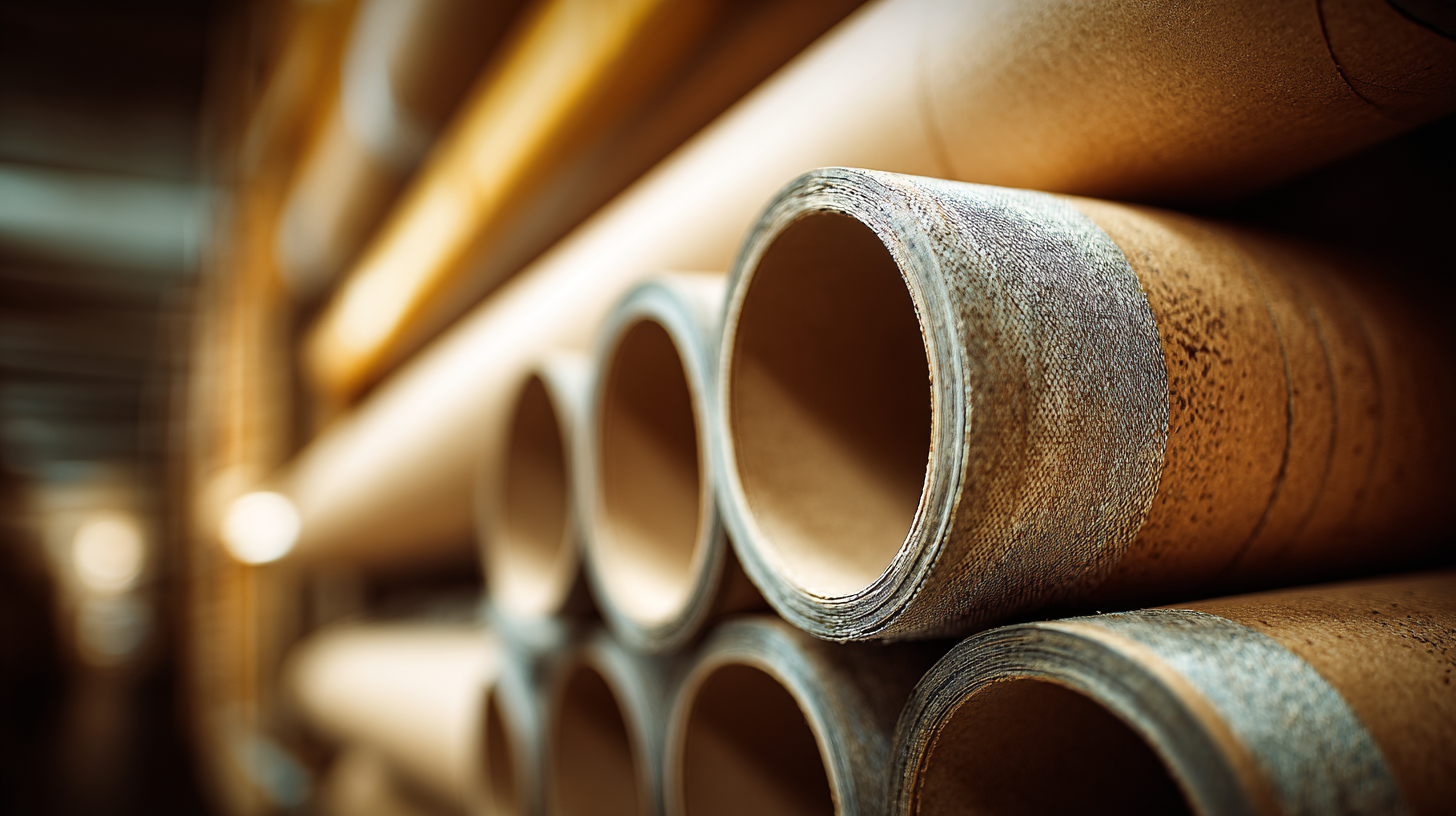
Related Posts
-
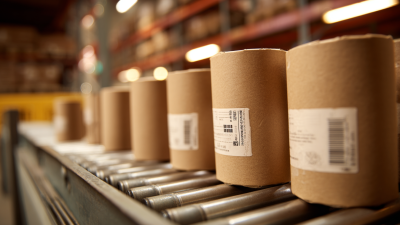
5 Essential Tips to Maximize Your Sourcing Strategy for Carton Tubes
-

7 Reasons Why Choosing the Right Postal Tube Size Matters
-

Essential Checklist for Choosing the Right A1 Postal Tubes: Key Industry Insights and Best Practices
-

7 Innovative Cardboard Packaging Solutions That Will Transform Your Supply Chain
-
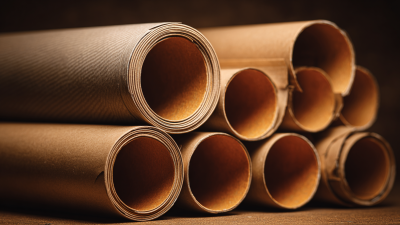
Essential Guide to Cardboard Postal Tubes: Choosing the Right Type for Your Shipping Needs
-

Mastering A2 Postal Tubes Your Ultimate Guide to Perfect Packaging